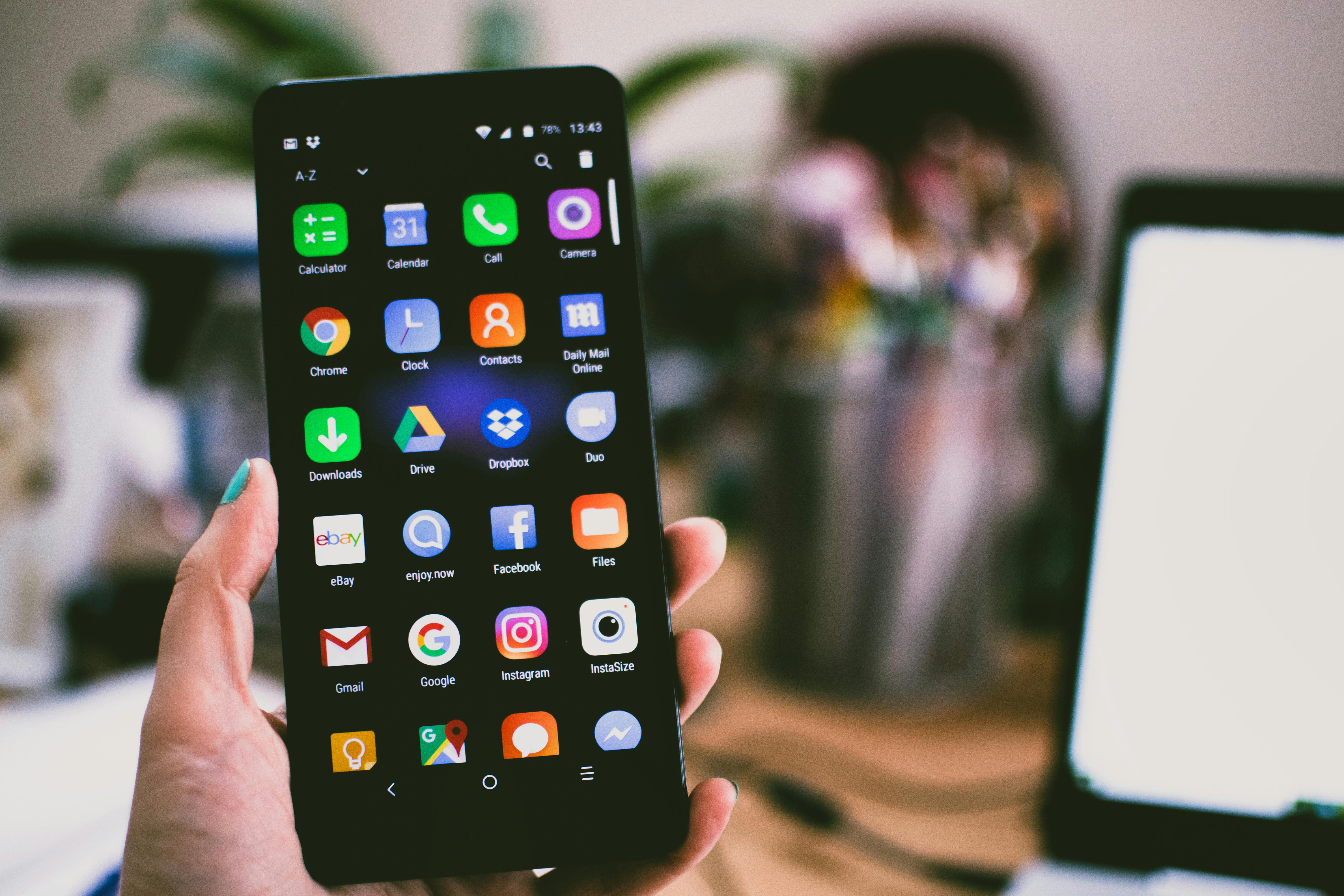Former President Donald Trump has proposed sweeping 60% tariffs on Chinese imports if re-elected in 2024, which could dramatically increase iPhone prices by up to 40%. With Apple heavily reliant on Chinese manufacturing, consumers may face significantly higher costs for iPhones and other Apple products starting in 2025. Here’s what you need to know about the potential financial impact.
The Proposed Tariff Structure
Trump’s trade policy proposal calls for:
- Across-the-board 60% tariff on Chinese imports (up from current 7.5-25%)
- Potential additional targeted tariffs on technology products
- Possible “reciprocal tax” matching other countries’ rates
- Implementation timeline: 2025 if Trump wins November election
Projected iPhone Price Increases
Analysts predict these tariffs could result in the following price hikes:
| iPhone Model | Current Price | Projected Price (40% Increase) | Potential Increase |
|---|---|---|---|
| iPhone 16 Pro Max (256GB) | $1,199 | $1,678 | +$479 |
| iPhone 16 Pro (128GB) | $999 | $1,398 | +$399 |
| iPhone 16 (128GB) | $799 | $1,118 | +$319 |
| iPhone SE (2025) | $429 | $600 | +$171 |
Broader Apple Product Impact
Beyond iPhones, other Apple products would likely see price increases:
- MacBooks: $300-$600 increase on $999-$2,399 models
- iPad: $120-$200 increase on $329-$1,099 models
- Apple Watch: $80-$150 increase across series
- AirPods: $40-$80 increase depending on model
Potential Market Consequences
Possible Benefits
- Could accelerate Apple’s manufacturing diversification
- Might boost domestic tech production in the long term
- Could reduce reliance on Chinese supply chains
Likely Challenges
- Immediate price shock for consumers
- Potential decline in Apple sales volume
- Increased used/refurbished market demand
- Possible delays in production shifts
Apple’s Potential Responses
Analysts suggest several strategies Apple might employ:
- Absorb some costs: Reduce profit margins temporarily
- Accelerate Vietnam/India production: Currently only 10-15% of iPhones
- Product redesigns: Use more tariff-exempt components
- Trade lobbying: Seek exemptions or phase-in periods
- Subscription focus: Push Apple One bundles to offset hardware costs
Consumer Strategies to Mitigate Impact
If tariffs take effect, consider these approaches:
- Buy before 2025: Purchase during 2024 holiday season
- Consider refurbished: Apple’s certified pre-owned program
- Extended use cycles: Keep devices longer with battery replacements
- Trade-in programs: Maximize value of current devices
- Carrier deals: Look for subsidized pricing with contracts
Final Analysis: A Potential Turning Point
While campaign proposals often evolve, the potential for 40% iPhone price increases represents a seismic shift in consumer technology economics. Such tariffs could fundamentally alter Apple’s manufacturing strategy and consumer purchasing habits.
The smartphone market may bifurcate between premium-priced new devices and a booming secondary market. Apple’s challenge would be to maintain its industry-leading profitability while navigating these new trade realities – a test of its pricing power and supply chain agility.
For consumers, the message is clear: the era of stable smartphone pricing may be ending, making purchase timing and device longevity more important than ever in the coming years.




